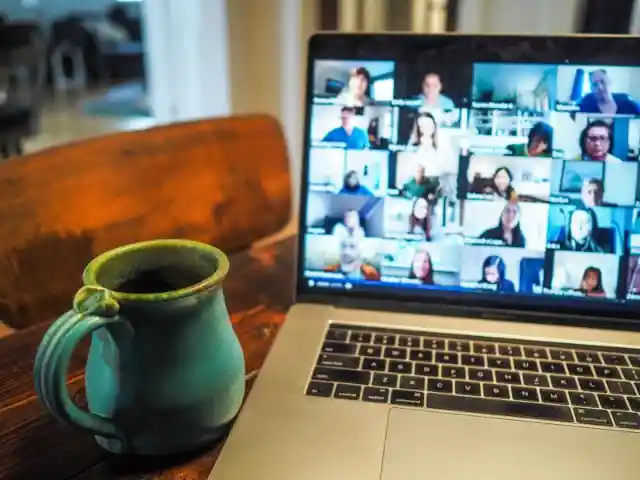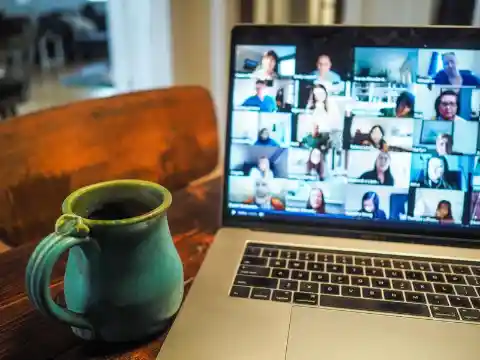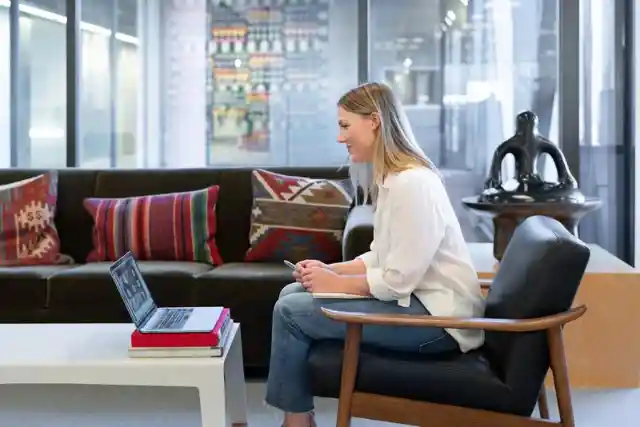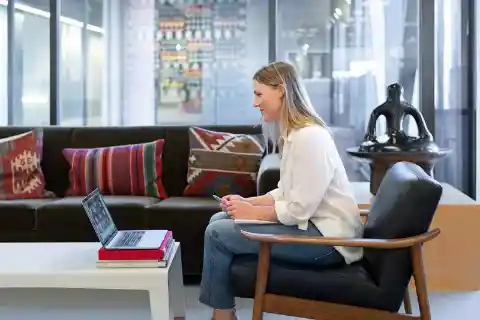Whether you’re working from home or if you’re just catching up with your friends and family, there’s a good chance that you’re using video chat apps more than you have in the past. However, if you’re starting to feel blue after using these platforms, you may be experiencing video chat fatigue. And you are not alone.


Over the past months, video chat apps such as House Party, Zoom, Google Hangouts, and Facebook Messenger have seen a spike in users. This is because more and more people are staying in their homes and staying away from their families – and these video chat apps offer communication in a world where physical communication is not allowed. While some positives come with these apps, there are also some serious negatives.
It seems as though more and more people are feeling drained and uninspired by this form of communication. While this might have something to do with the fact that we’re stuck inside, Dr. Paul Penn of the University of East London has noted that this is because we’re also suffering from “Zoom fatigue.” As human beings, we use one-on-one or group conversations to stimulate our brains. Most of the time, this interaction is back and forth, and we also use their facial cues to understand more about what’s being said. Online, however, this can not be done.


With bad internet connections and pixelated screens, it’s often hard to pick up on normal social cues through video chats. This means that our brains have a much harder time communicating and that it’s much more difficult to get the joy we normally do from normal interaction. This is what creates video chat fatigue.